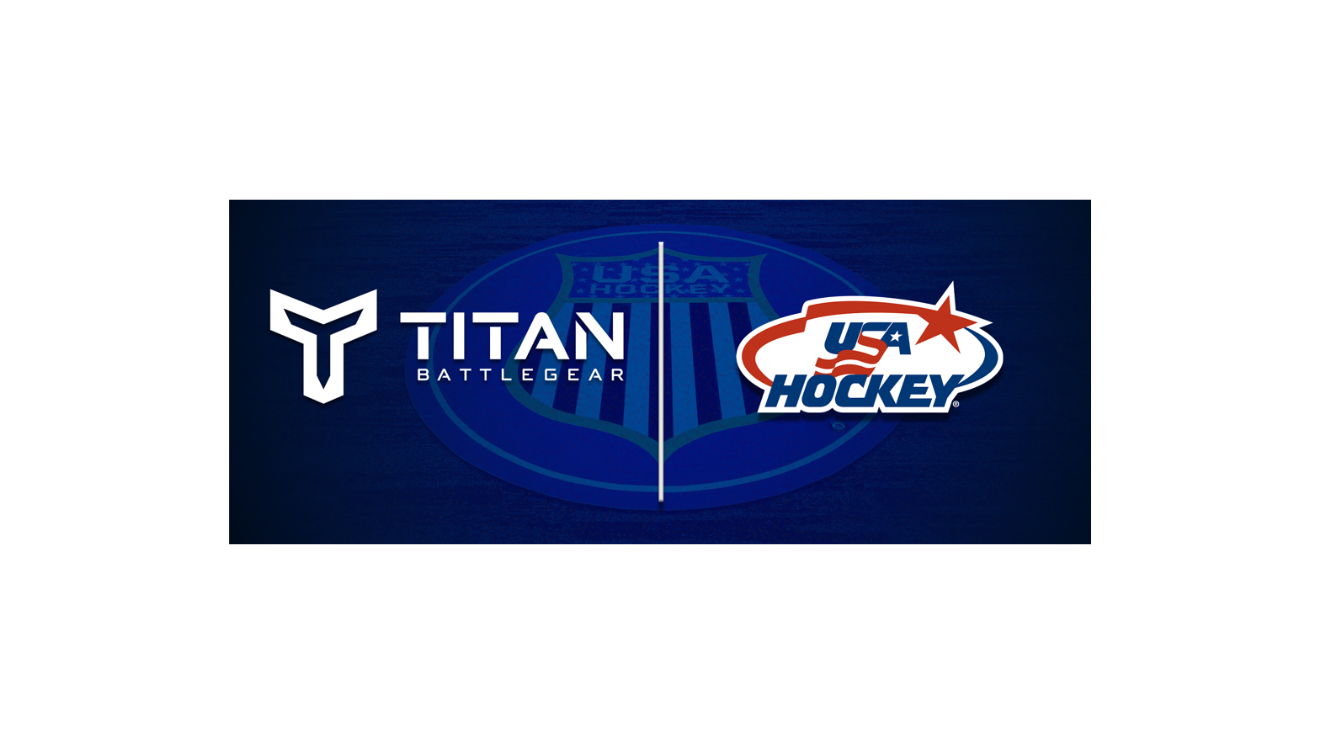INDIANAPOLIS, INDIANA (May 15, 2019) — Numbers can no longer be the same color as the jerseys, effective with the 2024-25 season, as one of seven rule changes made in high school basketball.
Five of the seven rule revisions recommended by the National Federation of State High School Associations (NFHS) Basketball Rules Committee at its April 23-25 meeting in Indianapolis were related to uniforms and equipment and were subsequently approved by the NFHS Board of Directors.
Starting in 2024-25, the number on the jersey can no longer be the same color as the jersey itself. Currently, the number can be the same color as the jersey if it is bordered by a contrasting color. Despite the contrasting-color border, the committee said the number is still difficult for officials, game administrators and fans to see in many cases.
The other two options in Rule 3-4-3e regarding the color of the number remain in effect. Allowable for use are a solid contrasting color with no more than two solid color 1/4-inch borders around the entire number or a solid contrasting color with a “shadow” trim of a contrasting color on part of the number not to exceed 1/2-inch in width and may be used with one 1/4-inch border.
A five-year implementation date was approved to allow schools time to budget for purchasing new uniforms.
Four other changes were approved in Rule 3 – Players, Substitutes and Equipment. A new rule, 3-5-8, provides recommendations for use of a mouthguard. Though not required, the committee noted that state associations may deem a tooth and mouth protector required equipment.
A note was added to Rule 3-5-5 to permit folding or rolling the shorts at the natural waistband seam. The new language does state that the shorts have to be in compliance with Rule 3-4-5, which restricts uniform pants/skirts to one visible manufacturer’s logo/trademark/reference.
Theresia Wynns, NFHS director of sports and officials and liaison to the Basketball Rules Committee, said this addition to Rule 3-5-5 modernizes the rule and allows players to adjust their shorts in a manner that serves no harm to the game or its integrity.
The other equipment changes deal with headbands and hair-control devices in Rule 3-5-4. The maximum width of the headband was expanded from 2 inches to 3 inches to be consistent with the rules for volleyball and accommodate athletes who play both sports. In addition, in 3-5-4d, hair-control devices are not required to meet color restrictions. Wynns noted that a hair-control device goes around the hair only, while a headband goes around the entire head.
NCAA 3-Point Line Distances May Increase
The 3-point lines in NCAA men’s and women’s basketball may be moved to the international basketball distance of 22 feet, 1 3/4 inches.
The NCAA men’s basketball rules committee proposed the move to the international distance. If it is approved by the playing rules oversight panel on June 5, the rule would go into effect for the 2019-20 season in Division I and the 2020-21 season in Divisions II and III. The international distance was used in the National Invitational Tournament (NIT) in 2018 and 2019. The men’s 3-point line was moved from 19 feet, 9 inches to 20 feet, 9 inches before the 2008-09 season.
The NCAA women’s basketball rules committee approved an experimental rule to use the international 3-point distance for postseason events, except for the NCAA championships in each division. Committee members want to examine if moving the 3-point line further back will enhance the game. The current women’s 3-point line is 20 feet, 9 inches.





 Back
to News
Back
to News